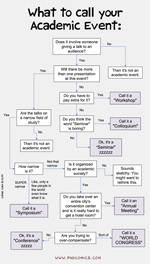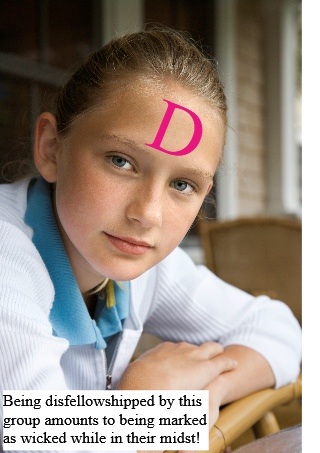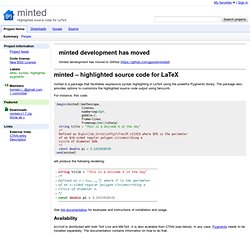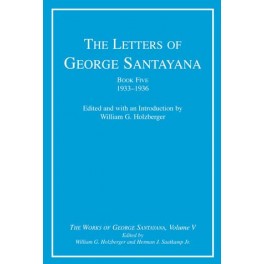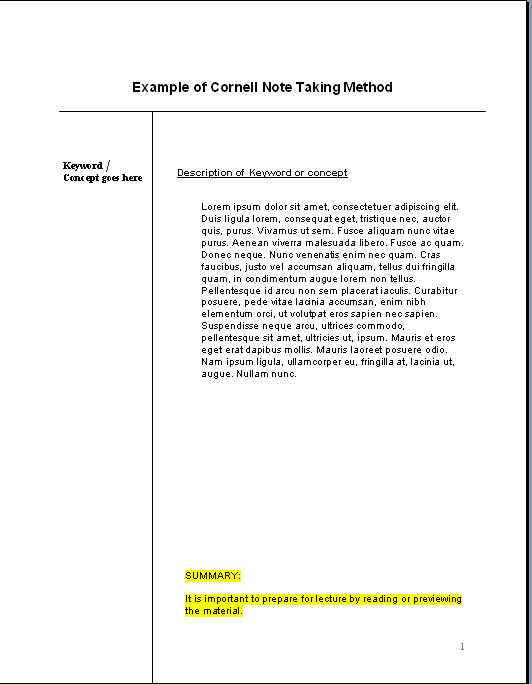Covalent bonds - Bonding - OCR Gateway - GCSE Combined.
The metallic bond in molten metalsIn a molten metal, the metallic bond is still present, although the ordered structure has been broken down. The metallic bond isn’t fully broken until the metal boils. That means that boiling point is actually a better guide to the strength of the metallic bond than melting point is.Snapquiz - Ionic, Covalent and Metallic Bonding This is the Snapquiz on Ionic, Covalent and Metallic Bonding. Click here or use the embedded video if you haven't watched the lesson yet.Ionic bonds, covalent bonds and metallic bonds are examples of chemical bonds. The structure and bonding in a substance are modeled in different ways, including dot and cross diagrams.
Ionic and covalent bonds are the two extremes of bonding. Polar covalent is the intermediate type of bonding between the two extremes. Some ionic bonds contain covalent characteristics and some covalent bonds are partially ionic. For example, most carbon-based compounds are covalently bonded but can also be partially ionic.Bonding - Ionic, covalent and metallic Students need to learn to represent the electronic structure of elements in dot and cross form and this requires practise to become confident. Some students will have heard that the third shell can hold up to 18 electrons but this complication doesn’t arise until we get to element 20 which is as far as we go at GCSE.

In this lesson students delve into covalent bonding through taking notes and practicing with whiteboards and individual practice. Students have already learned the basics of covalent bonds through the introductory lessons of Bonding Inquiry and Ionic, Covalent, and Metallic Bonds. This lesson aligns with NGSS Performance Expectation: HS-PS1-2: Construct and revise an explanation for the.
